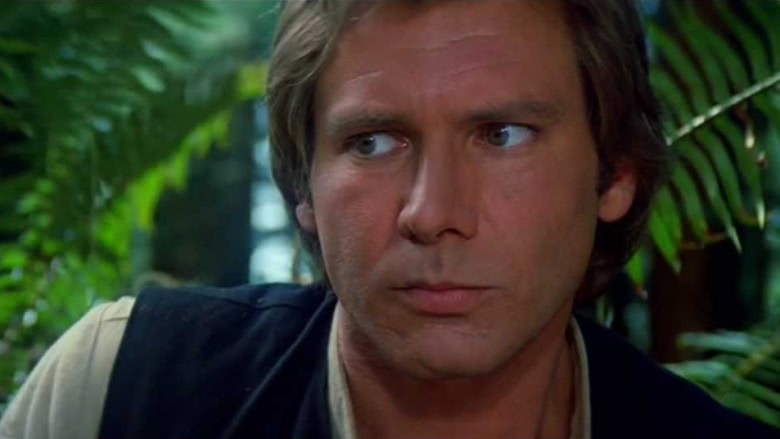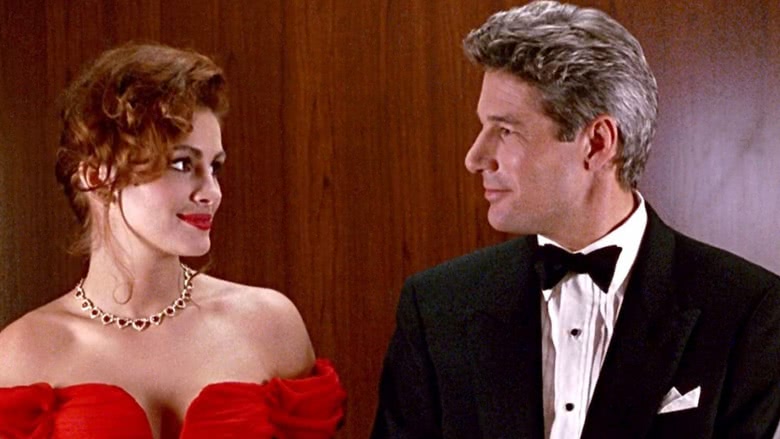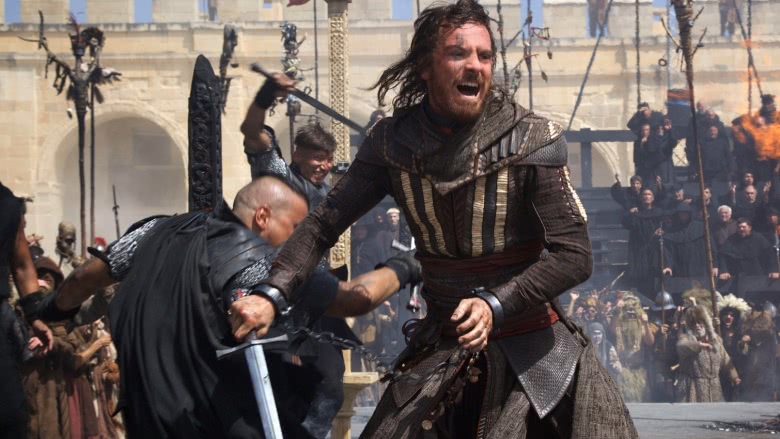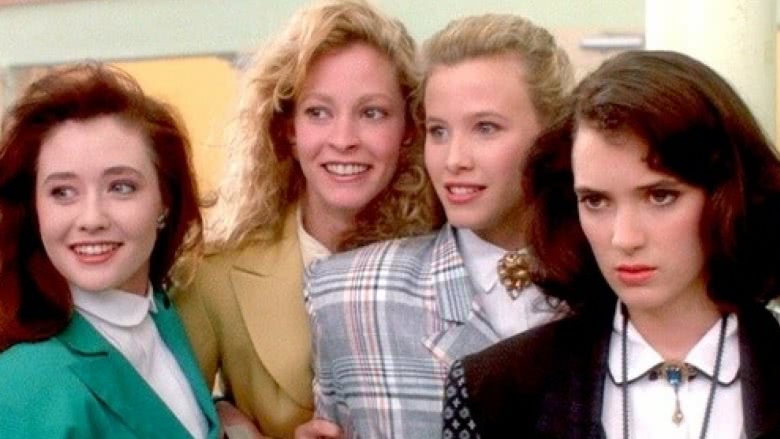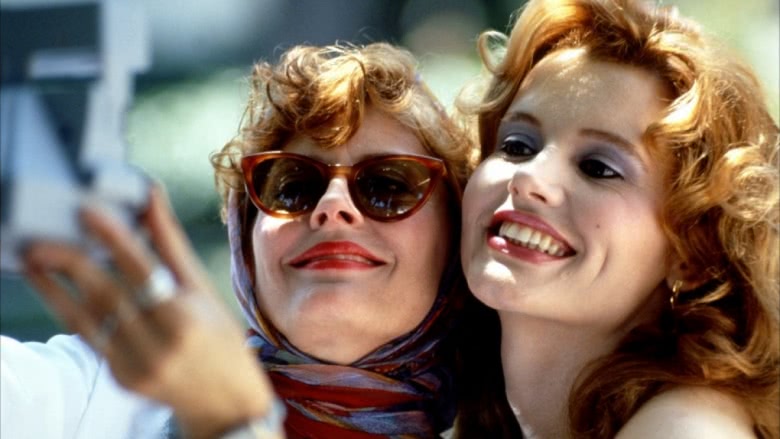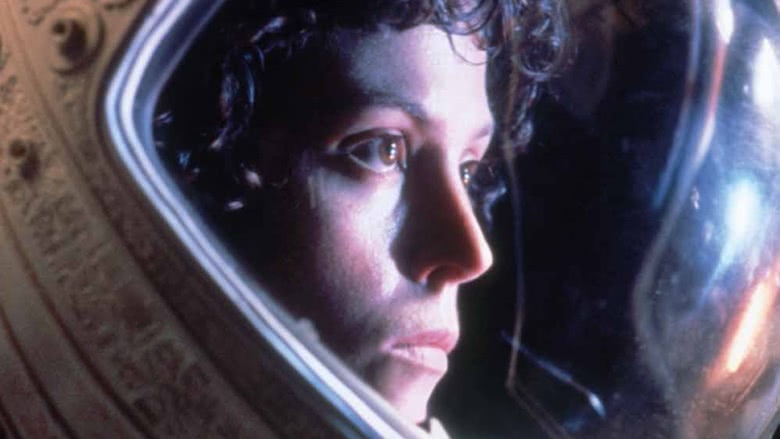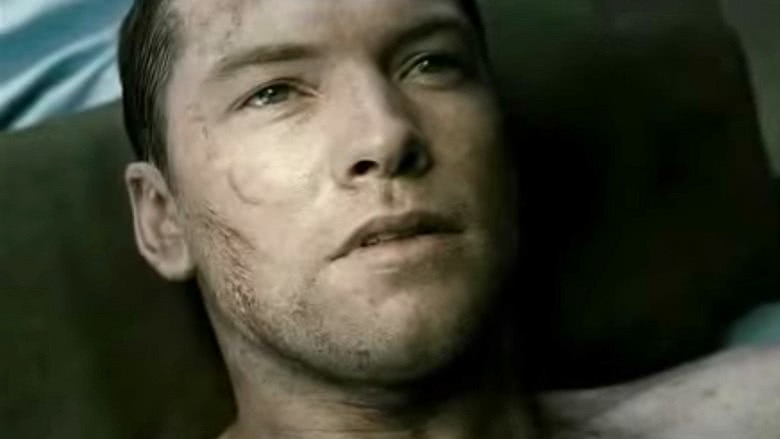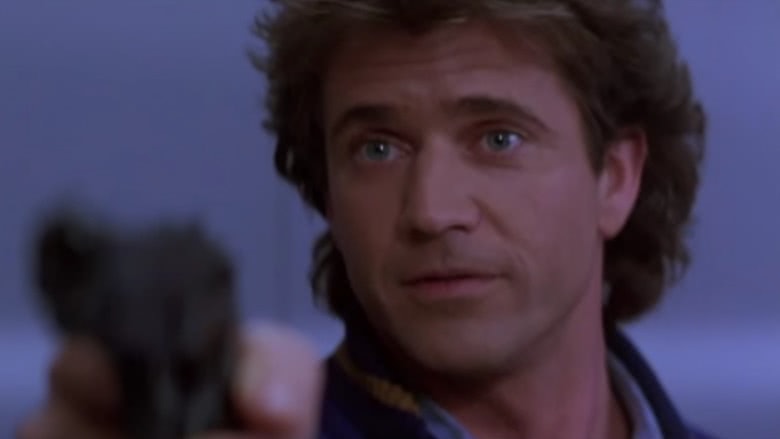Movies That Almost Had Much Sadder Endings
When dreaming up how their next blockbuster should end, screenwriters often take a number of different paths. In fact, sometimes a film's original ending has to be altered—specifically to finish things on a happy note, and keep audiences from heading home sobbing. From sci-fi classics to romantic comedies, here's a look back at some well-known movies that almost had much sadder endings.
Star Wars: Return of the Jedi (1983)
Let's rip the sad endings Band-Aid off by starting with a brutal one: in the original version of Return of the Jedi, Han dies and Luke abandons Leia. With Rebel forces defeating the Empire—but at a staggering emotional cost—Leia struggling to shift into her leadership role after galactic civil war, and Luke venturing by his lonesome "like Clint Eastwood in the spaghetti westerns," Episode VI was initially intended to end on a fairly somber note. But due to an alleged creative clash between series creator George Lucas and producer Gary Kurtz, that ending was scrapped completely.
Kurtz sat down with The Los Angeles Times to explain what went down, recalling that initially, the plan was for Harrison Ford's Han Solo to perish in the middle of the movie, during a raid on an Imperial base—but Lucas overruled it. "We had an outline and George changed everything in it," said Kurtz. "Instead of bittersweet and poignant he wanted a euphoric ending with everybody happy... [he] decided he didn't want any of the principals killed. By that time there were really big toy sales and that was a reason."
Ford hasn't been shy about arguing for Han Solo's death over the years—and with Lucas out of the way, he (spoiler alert!) eventually got his wish in 2015's The Force Awakens. But there's still something to be said for Lucas' euphoric vision for Return of the Jedi's final act, Ewoks and all.
Pretty Woman (1990)
Ah, Pretty Woman. It rocket-launched Julia Roberts into America's Sweetheart status, solidified Richard Gere as a sex symbol, and it remains Disney's highest-grossing R-rated film ever. Looking back, the movie seems destined for popularity—but audiences might have reacted very differently had the filmmakers stuck with the first version of the script.
The Gary Marshall-directed picture we all know and adore ends on a saccharine note: Vivian (Roberts) and Edward (Gere) are on the cusp of a real romance, and the promise of a long, happy relationship lingers in the air. It's kind of beautiful. The original ending? Not so much: Vivian returns to prostitution, but not by her own volition. After a heated argument over fur (which is really a fight about the disparity between economic classes), Edward physically drags Vivian, kicking and screaming, from his car and tosses her on the street, throwing an envelope of cash her way. It all ties into the original film title: $3,000. The stony-faced Edward then drives away as Vivian sobs on the sidewalk.
Speaking with Entertainment Weekly, Marshall commented on the altered resolution. "The dark ending was quite good, but that's not what Disney wanted to make. They told me, 'Do what you did to Beaches,' which was the same job. They brought me in to give it a prettier ending," he explained. Five endings were shot, and the fairytale one was the favorite. (We can't say we mind.)
Assassin's Creed (2016)
In the action-adventure film based on the long-running game franchise of the same name, a roughed-up Michael Fassbender works tooth and nail to make sense of the dark time-traveling life he leads as the descendant of an Assassin. The ending fans saw onscreen was fairly satisfying, with Fassbender's Callum banding together with a group of others like him, fighting for a collective mission. Originally, however, everyone else was...supposed to die.
Yep, Callum was intended to be the sole survivor, making rebuilding the Brotherhood quite difficult. Unsurprisingly, test audiences hated it, as they felt it was far too sad to see the characters they'd gotten to know gunned down at the film's end. Talking with Collider, director Justin Kurzel and editor Christopher Tellefsen explained that fans also wanted to see Callum with a sort of "tribe," and were severely unsettled at the thought of him going it alone.
Heathers (1988)
Hairspray, hatefulness, and a certain catchphrase that involves a chainsaw in a compromising position. This 1989 cult classic has some pretty dark ingredients—although the theatrical cut closes on a somewhat inspiring note, in which bad boy J.D. (Christian Slater) defuses a bomb and Veronica (Winona Ryder) offers a triumphant show of kindness and bravery. Screenwriter Daniel Waters had different plans at first, however—three different plans, to be exact.
The first ending featured the bomb actually going off while the students at Westerburg High got their groove on during the school dance. The second saw Veronica brutally stabbed to death. Walker explained: "Veronica comes up to Martha (Carrie Lynn) at the end and says 'Hey, you want to rent some new releases and pop some popcorn?' And then Martha turns around and stabs her with a knife, and says 'F— you, Heather.'" (Veronica's last words would've been "My name is not Heather. My name is not Heather.") The third ending spread tragedy in a spooky way: the prom-goers sip punch spiked with the same stuff that killed Heather Chandler (Kim Walker).
Since "everyone was just so happy with the quasi-happy ending that we have now," Waters thought it best to keep the sad could-have-beens to himself for years.
Thelma & Louise (1991)
"Thelma and Louise" is often the go-to pairing when describing a pair of feisty but fiercely troubled women, much like "Bonnie and Clyde" has become synonymous with "couple who will likely run each other into the ground, literally." The 1991 road trip film is chock-full of criminal escapades and badass revenge plots, and ends on a somewhat ambiguous note, with our leading ladies sailing off a cliff in a moving car with police in hot pursuit.
Film critic Roger Ebert once wrote that Thelma & Louise could have benefited from a closing shot that shows the audience whether the protagonists really did perish, giving everyone "the payoff they deserved." And in the original ending, that's exactly what happens: director Ridley Scott shot an alternate final scene in which we'd actually see the aftermath of the cliff dive rather than just assume the characters have died.
Slate's Dana Stevens explains that in this ending, "a second shot from above tracks the car as it begins its descent, wobbling sickeningly as it hurtles into the void." Detective Hal Slocumb (Harvey Keitel) then looks down over the canyon's lip, presumably upon Thelma (Geena Davis), Louise (Susan Sarandon), and the "mangled wreckage of the Thunderbird," in visible distress. Echoing Ebert's statements, Stevens stated, "Ending with the horrified [Hal] at cliff's edge would have made Thelma & Louise into a head-shaking reflection on the terrible fate society visits on women." It would've been a heck of a lot sadder, too.
Alien (1979)
Alien launched a franchise that's still going strong decades later—not to mention Sigourney Weaver's career—but all those sequels might never have happened if director Ridley Scott had stuck with his first idea for the ending, in which Weaver's character Ripley was supposed to have her head ripped off. In an interview with Entertainment Weekly, Scott explained, "I thought that the alien should come in, and Ripley harpoons it and it makes no difference, so it slams through her mask and rips her head off. [The alien] would mimic Captain Dallas [Skerritt] saying, 'I'm signing off.'"
Thankfully, Scott changed the ending after he pitched the original, in an infamously tense phone call, from the London-based Shepperton Studios to 20th Century Fox. "The first executive from Fox arrived on set within 14 hours, threatening to fire me on the spot," Scott said. "So we didn't do that [ending]." We're sure we speak for generations of Alien fans when we say we're grateful that Scott didn't make Ripley alien food after all.
Terminator Salvation (2009)
A film saga about robot overlords nearly ended with a main character being replaced by one. Originally, Terminator Salvation was supposed to close with John Connor (Christian Bale) actually dying from his wounds—a stark contrast to the theatrical cut, which showed Marcus Wright (Sam Worthington) giving up his heart to save John. The original ending takes things one (or a dozen) steps further. At the suggestion of Connor's wife, Kate (Bryce Dallas Howard), parts of Marcus and Connor are pieced together, Frankenstein-style, to create a cybernetic human...and you can likely gather what happens next. The metal-infused Connor goes on a rampage, shooting everyone he loves. Talking to Entertainment Weekly, McG dished on what all goes down in the alternate ending, and why it had to be changed.
"Connor dies... and Marcus offers his physical body, so Connor's exterior is put on top of his machine body. It looks like Connor, but it's really Marcus underneath. And all of the characters we care about (Kyle Reese, Connor's wife Kate, etc.) are brought into the room to see him and they think it's Connor," explained McG. "Connor gets up and then there's a small flicker of red in his eyes and he shoots Kate, he shoots Kyle, he shoots everybody in the room. Fade to black. End of movie. Skynet wins. F— you!"
So what exactly spurred the shift from super sad to relatively hopeful? Though Warner Bros. had reportedly given the all-clear to the original cut, McG simply didn't feel right about it. "Maybe two years from now, you'd think it was ballsy," he shrugged. "But in the end, it just felt like too much of a bummer."
Lethal Weapon 2 (1989)
Lethal Weapon 2 only marks the halfway point in the blockbuster buddy cop franchise, but it could have been the end: Mel Gibson's Martin Riggs actually died in an alternate ending.
Writer Shane Black was reportedly terrified of whipping up the film's script, particularly the sad final scene, and much to his initial dismay, others weren't fans of the original conclusion. "I thought, 'Oh, I've failed everybody, I screwed up, I blew it,'" he recalled thinking. "'My writing sucks.'" However, in retrospect, Black adores the "Riggs dies" conclusion; as he put it, "There's no question the draft of Lethal Weapon 2 that I wrote, death and all, is my best work." Be that as it may, keeping Riggs around allowed the franchise to continue—and while the third and fourth Lethal Weapon movies aren't the best in the series, we'll still take them over an untimely demise.
First Blood (1982)
Adapted from the David Morrell novel, 1982's First Blood launched the Sylvester Stallone-led Rambo franchise—and unlike Morrell's book, the movie doesn't end with John Rambo committing suicide.
According to director Todd Ketchoff, the original bleak ending made sense. "I always conceived of Rambo's story as a suicide mission," he explained. "America doesn't want him, and he decides that he doesn't want them." The first version ends with the haunted Vietnam vet telling former commanding officer Colonel Sam Trautman (Richard Crenna), "You made me. Now you should kill me." For a moment, Colonel Trautman considers putting a bullet in Rambo, but he can't bring himself to follow through. Desperate to end his misery, Rambo grabs the gun and "blows himself away," committing hari-kari.
Ketchoff had a change of heart, however, after Stallone wondered whether the downbeat final act was just piling one more dreadful misfortune on a character the audience had already seen go through hell. Under a tight deadline and over budget, he quickly shot the ending we all know by now—and the rest was blockbuster history. "Unhappy endings are intellectual endings. But happy endings are popular ending," he told Entertainment Weekly. "To which I might add, for Andy Vajna and Mario Kassar, who produced three Rambo sequels: Profitable endings, too!"
28 Days Later (2002)
While 28 Days Later doesn't shy away from sadness (come on, it's a post-apocalyptic thriller), the original ending was even darker than filmgoers realized. Main character Jim (Cillian Murphy) was supposed to die, but when his death was rejected by test audiences as "too bleak," the theatrical version concluded on a much happier note, with Jim recovering from his gunshot wound in an idyllic cottage on the countryside. Along with fellow survivors Selena (Naomie Harris) and Hannah (Megan Burns), he unfurls a handmade "hello" banner as a Finnish pilot flies overhead.
Things are left ambiguous regarding the trio's fate (likely to leave the possibility for sequels open), but it's not quite the ending you'd expect from a movie in the zombie genre—and Boyle and writer Alex Garland agree. Both believe Jim dying is the "true ending" of 28 Days Later, as it brings the character full circle, opening and closing "the story in bed in a deserted hospital." We'd venture to say most fans prefer what actually played out.

